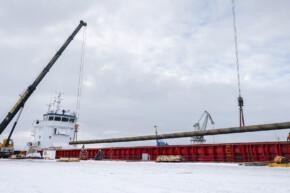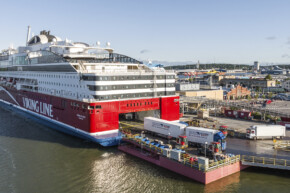PostNord expects growth in e-commerce also in Finland
Finns primarily order e-commerce products from Sweden, where sales have increased. Linda Nyberg of PostNord also expects to see growth in Finland and views the port of Turku and its surroundings as an advantage for entrepreneurs. There are several online shops operating within the Turku region.
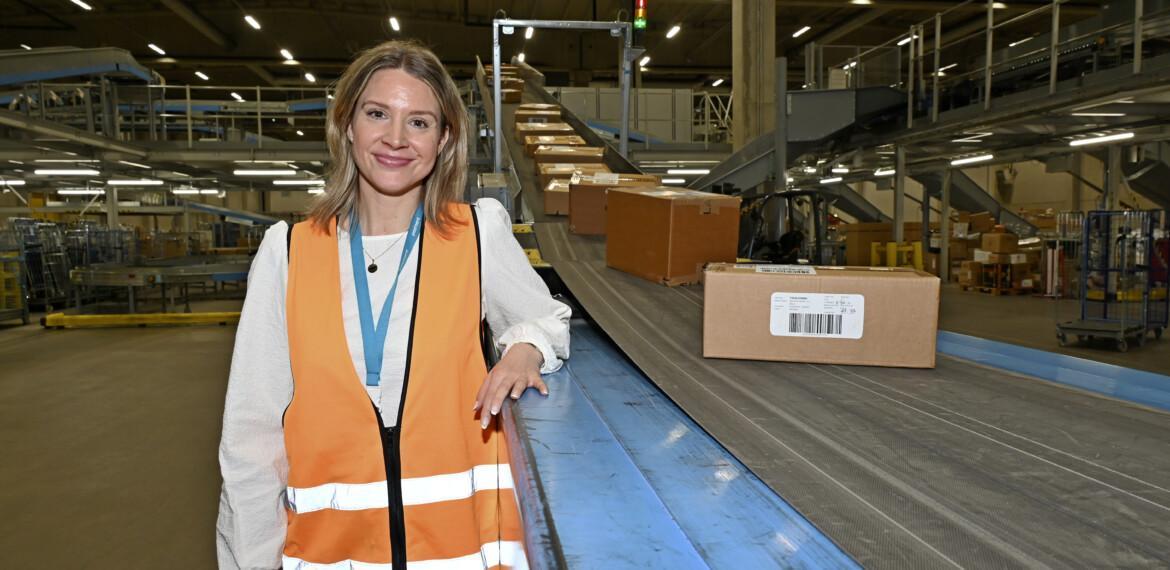
When Viking Line’s opens its bow door at the port of Turku on weekdays, it is almost certain that at least one PostNord truck will be driving out. That truck is carrying a growing number of products that have been ordered from online shops. In Sweden, sales in the sector have increased by 5%.
“Like a little brother, Finland usually follows after Sweden. The situation for e-commerce also now appears to be a bit brighter in Finland”, says Linda Nyberg, Head of Sales at PostNord Finland.
According to PostNord’s consumer research, Finns primarily order e-commerce products from Sweden, through which PostNord also handles orders from other Nordic countries and countries in Western Europe, such as Germany. Along with China, it is one of the three largest countries whose online shops are used by Finns.
The port of Turku and its surroundings have become an attractive site for those handling e-commerce logistics.
“Turku is a gateway to Sweden and Europe. It’s a really good location and that’s why we also have a terminal near the port”, Nyberg explains.
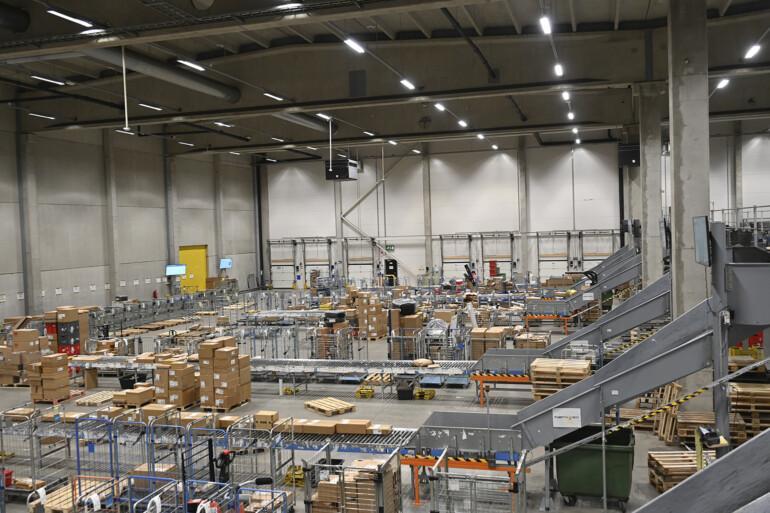
Clothing and shoes as top products
It only takes a truck six minutes to drive from the port of Turku to PostNord’s terminal, which was renovated in 2020. At its platform, the truck is unloaded and the fairly new sorting machine directs the packages to be delivered either to the trunk lines elsewhere in Finland or to regional distribution in the Turku region.
Most often the cargo contains clothes and shoes. One of the largest online shops in the sector is Zalando, who has a strategic logistics partnership with PostNord.
According to a customer survey published by Posti in January 2025, as much as 82 per cent of Finns order from Finnish online shops, but Nyberg is slightly sceptical about this figure.
“There are a lot of large online shops in our neighbouring country that endeavour to localise their activities by using Finnish language on their website. It is not easy for consumers to know what country the online shop they are ordering from is in.”
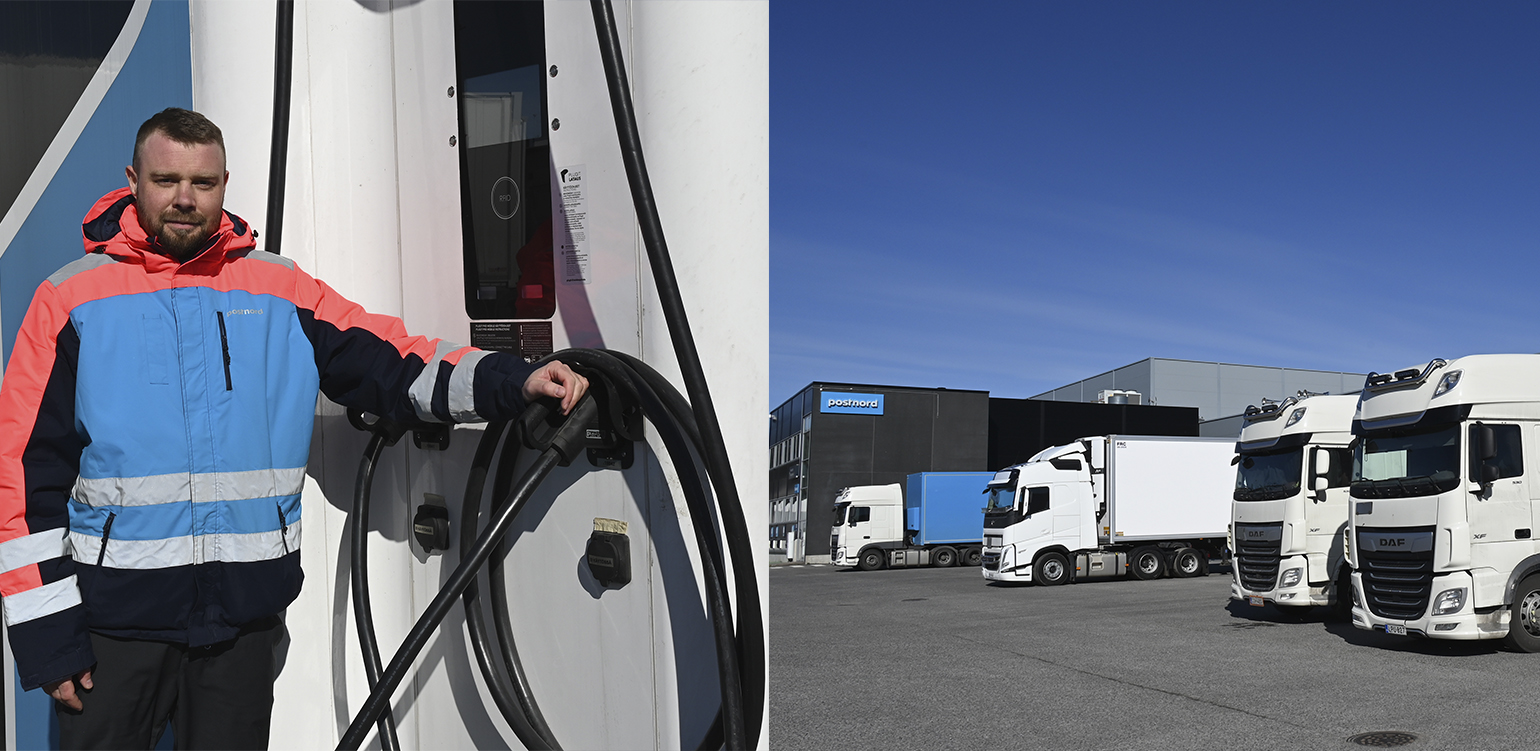
Many online shops are operating within the Turku region
Nyberg, who studied international logistics at Hanken School of Economics and Arcada University of Applied Sciences in Helsinki, has extensive knowledge on the logistics necessary for e-commerce. He encourages Finnish entrepreneurs to be brave and also offer their products to other Nordic countries, to keep their website easy to understand and to simplify the purchasing process.
“Turku’s location is also an optimal choice for export companies. Logistics here also ensure that returns can be delivered quickly.”
There are several companies in the vicinity of Turku that have increased their sales through e-commerce.
The Nordic market is attractive due to its large size and the fact that it shares a similar customer base to Finland. There are, however, differences between the countries.
“Germans and Swedes use more home deliveries than Finns. In Finland, the use of parcel lockers has increased greatly.”
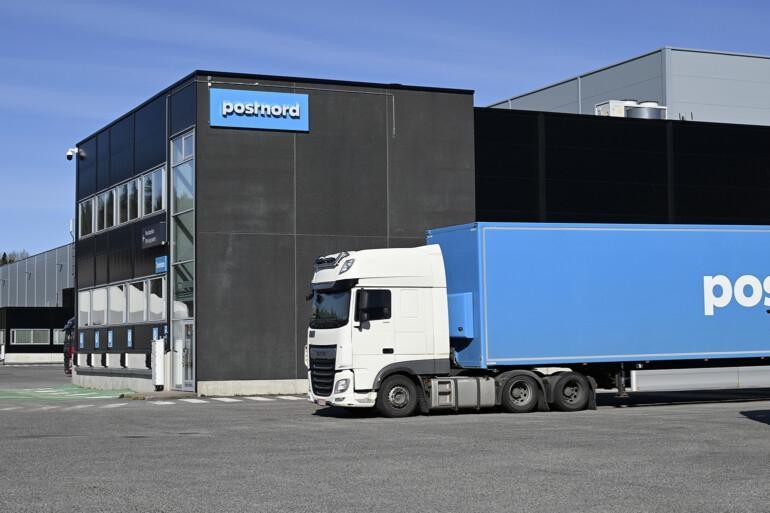
PostNord has invested a lot in customer experience and creating a network to facilitate the entire e-commerce process. In Sweden, the process has been made easier with the use of “Toffelavstånd” parcel lockers. They are located so close to the customer’s home that they can even retrieve their parcels wearing their morning slippers. In Finland, parcel lockers have traditionally been located in the vicinity of stores, but PostNord’s Lähiboksi machines, which are located closer to homes, are growing in popularity in Finland as well.
Read more about PostNord’s e-commerce research report published on May 2025: https://www.postnord.fi/en/download-the-ecommerce-report/
Text and photos: Sari Järvinen

